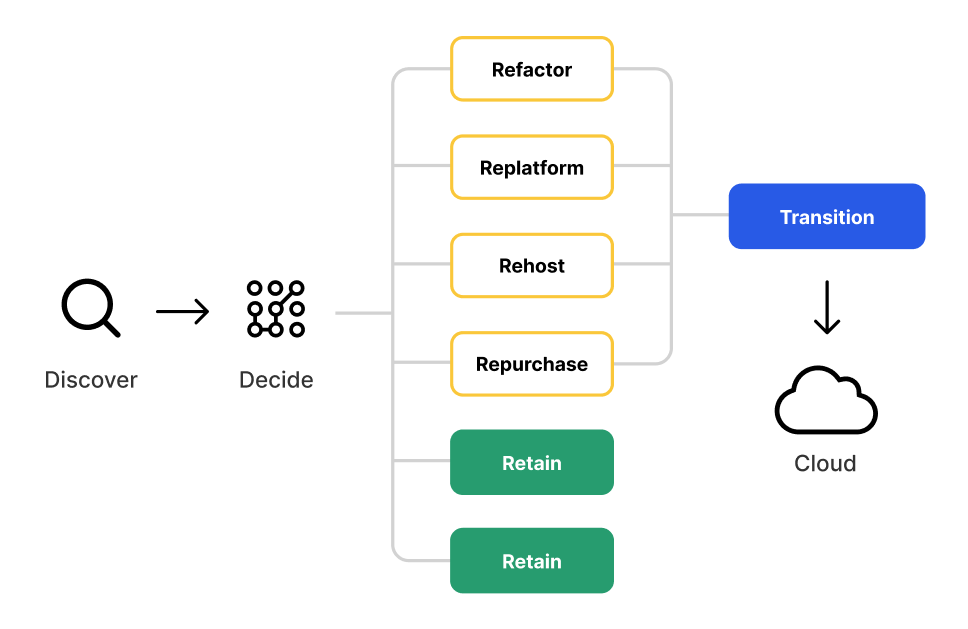Age verification pop-ups are essential for websites that host age-restricted content or sell age-limited products. They serve as the digital gatekeepers, guaranteeing that only individuals of legal age gain access to specific content or services.
However, poorly designed age verification pop-ups can lead to user frustration, increased bounce rates, and even legal complications. To help you navigate this important aspect of web design, we’ve compiled a guide on the best practices for creating user-friendly age verification pop-ups.
The Importance of Age Verification Pop-ups
Age verification tools are essential for several compelling reasons:
- Legal compliance. Many jurisdictions mandate age verification to prevent minors from accessing age-restricted content or products. Non-compliance can result in significant legal consequences and fines.
- User protection. Age-restricted content, such as alcohol or gambling, must be shielded from underage users to maintain the integrity of your brand and adhere to ethical standards.
- Enhancing user experience. When implemented correctly, the age verification pop up can flawlessly integrate into the user journey, ensuring legitimate users can access content with minimal disruption.
Design Principles for User-Friendly Age Verification Pop-ups
Simplicity and Clarity
- Simplify data collection. Request only essential information, such as the user’s date of birth, without delving into unnecessary personal details.
- Clear and concise language. Use straightforward language and avoid technical jargon or confusing terminology.
- Easy exit options. Include a prominent exit button or ‘I’m not of legal age’ option for users who do not meet the criteria.
Timing Is Key
- Delayed display. Avoid showing the pop-up immediately upon landing on the site. Allow users to explore your content before presenting it.
- Contextual triggers. Display the pop-up when users attempt to access age-restricted content rather than preemptively.
Responsive Design and Accessibility
- Device compatibility. Thoroughly test the pop-up on different devices and screen sizes for perfect functionality.
- Touch-friendly design. Make sure that buttons and input fields are adequately sized for touch interactions on mobile devices.
User-Friendly Validation
- Instant feedback. Provide real-time feedback if a user’s input is incorrect or insufficient.
- Clear error messages. Utilize concise and understandable error messages to guide users through the verification process.
Aesthetics Matter
- Branding integration. Incorporate your website’s branding elements for consistency.
- Visually appealing design. Use colors and visuals that are visually pleasing without being distracting.
Striking the Balance Between Security and User Experience
- Date of birth entry. Implement strong data security measures to secure personal data if you select the date of birth. Secure data storage and encryption are critical components. Nevertheless, it is not the most secure technique — if the process is too time-consuming, users may enter incorrect information or skip the verification entirely.
- Third-party verification services. These services often use various data sources to cross-verify user information, reducing the risk of fraudulent submissions. Users may have greater confidence in third-party verification services, as they are often associated with established and reliable age verification providers. However, it is necessary to select a reliable service.
- Transparency. Communicate how user data will be used and stored during the verification process. You should inform the users about the purpose of data collection and how long their information will be retained.
- Compliance. Check that your age verification process complies with data protection regulations like GDPR. It includes obtaining explicit consent, providing data access, and adhering to data protection principles.
Testing, Optimization, and Monitoring
- Testing variations. Experiment with designs, wording, and placement to determine what resonates best with your users.
- User feedback. Actively collect user feedback to identify pain points and make necessary adjustments.
- Conversion rates. Keep a close eye on how many users complete the verification process.
- Bounce rates. Assess whether the pop-up is causing users to leave your site prematurely and make refinements accordingly.
Navigating Legal Considerations
1. Ensuring Compliance
Stay informed about local and international regulations:
- Thorough research. Understand the specific age verification requirements applicable to your industry and region.
- Regular updates. Stay prepared to adapt your age verification process to evolving legal standards.
2. Mitigating Liability
To minimize the legal risks associated with age verification, consider these key steps:
User Agreement and Privacy Policies
- User agreement. Implement clear and comprehensive terms of service and policies that specifically address age verification and user data handling. These should specify how you gather, save, and use user data during identification.
- Privacy policies. Verify your privacy policy is accessible and transparent. It should explicitly state how user data is safeguarded, who has access to it, and how long it will be kept.
Disclaimers
- Use disclaimers. Employ disclaimers strategically within your age verification pop-up or on your website. These disclaimers can assist users in understanding the limitations and obligations of your age verification method.
- Information only. Make it explicit that the age confirmation process is for informational purposes only and does not constitute legal verification of a user’s age.
- Limited liability. Clearly state that you are not responsible for any inaccuracies in the information users provide during the verification process.
Age Verification Icons and Logos
- Use verification icons. Display recognized age verification icons or logos from trusted third-party verification services. These symbols can enhance user confidence in the legitimacy of your verification process.
- Link to verification details. Provide links to detailed information about the verification process, including how it works and the standards it follows. Transparency builds trust.
Legal Consultation
- Consult legal experts. Consider seeking legal counsel or consultation to ensure your age verification process complies with all relevant laws and regulations. Legal experts can guide any industry-specific requirements.
Conclusion
A great user experience and regulatory compliance depend on developing user-friendly age verification pop-ups. You can achieve a harmonious balance between security and usability by following the best practices given in this article and consistently testing, optimizing, and monitoring your age verification process. Remember that being up to date on continuously changing legal standards is critical for guaranteeing an effortless age verification process on your website and protecting both customers and your business.





